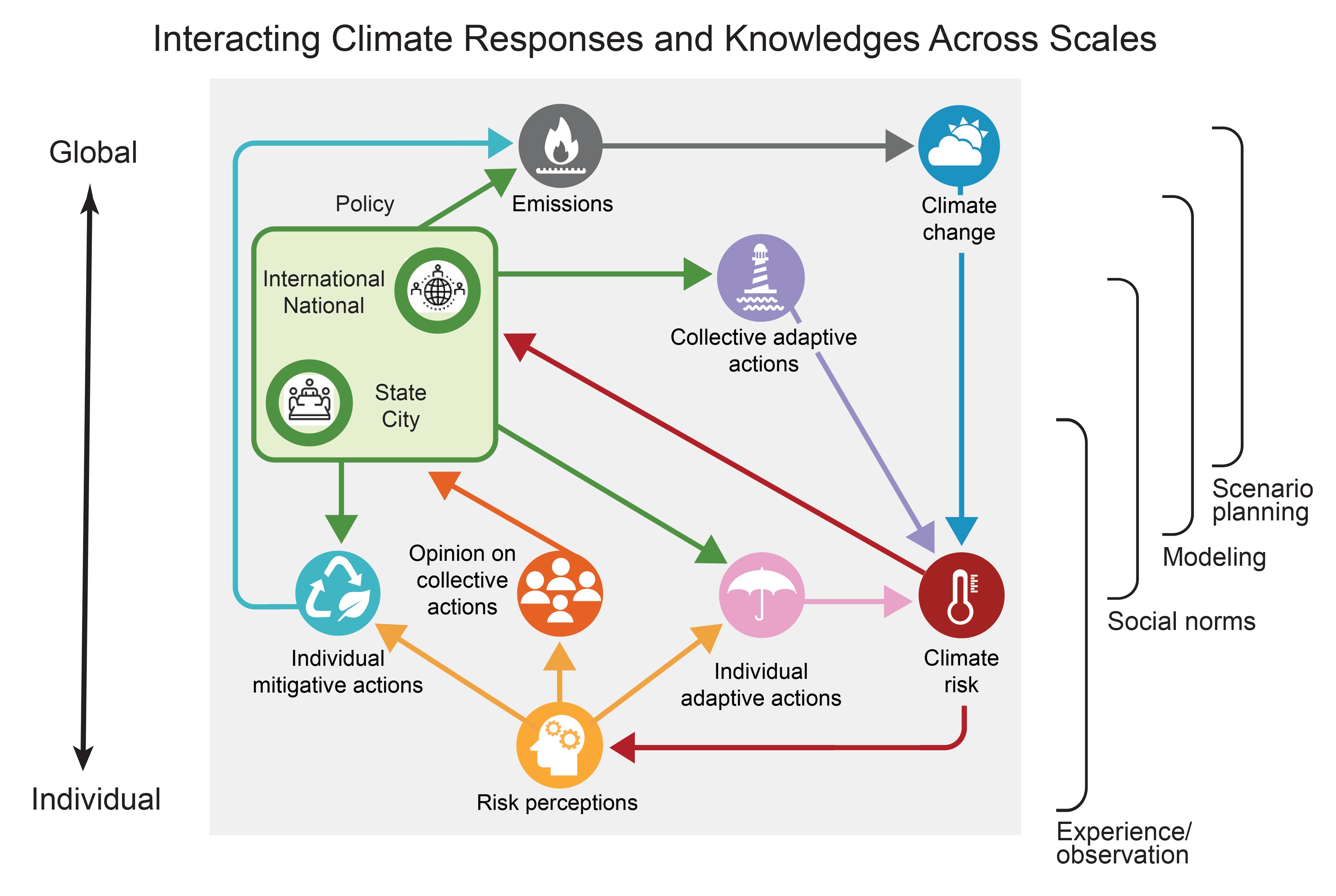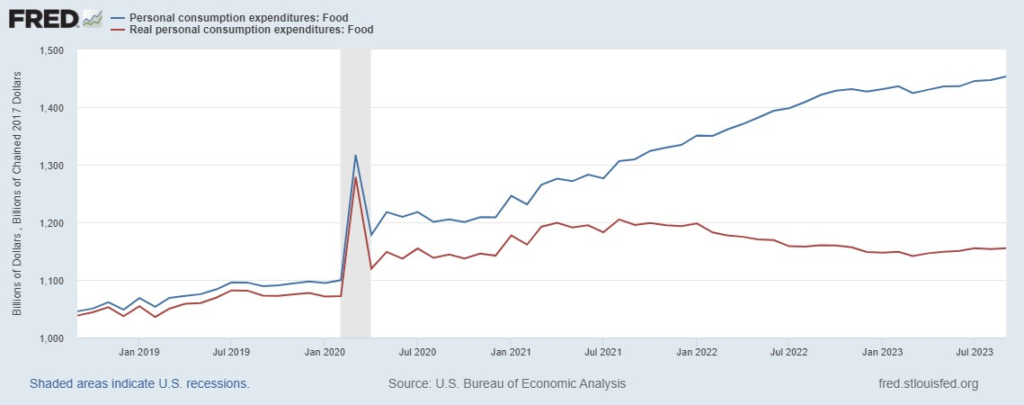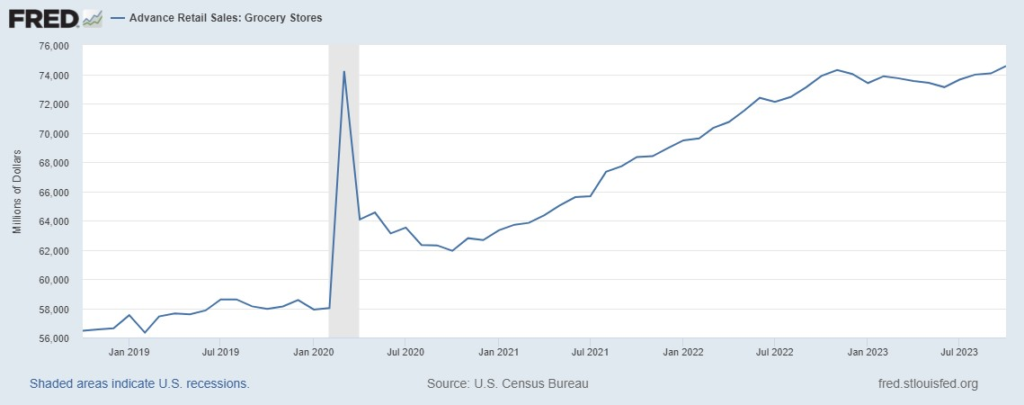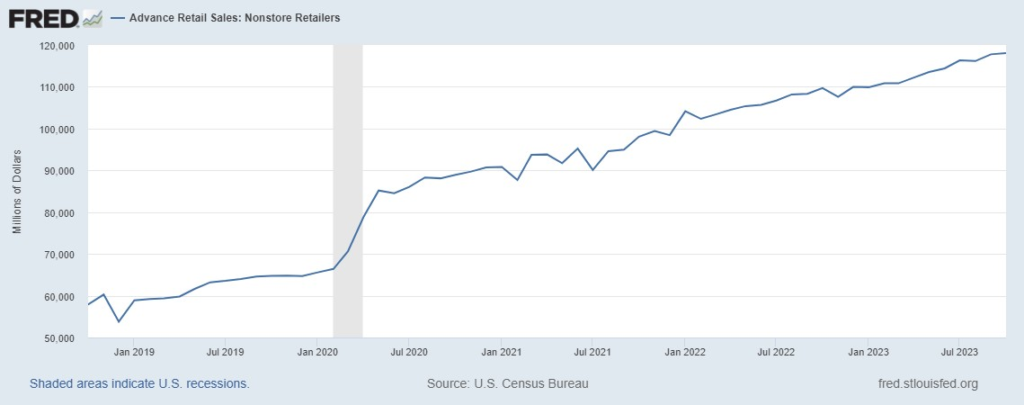The cold has started. EU residential demand for natural gas has increased. But Europe’s natural gas inventories and inbound flows are good. Storage remains over 90 percent full (more). According to S&P Global, “Norway’s pipeline gas exports to Continental Europe and the UK rose to a 10-month high in November, with supplies now running consistently close to capacity…” US natural gas output (see chart below), including LNG exports to Europe, are flirting with record-breaking territory (more and more). Prices are subdued (see chart below and more). Bloomberg offers, “Fears of shortages in Europe and Northeast Asia have all but disappeared. Weak industrial demand, particularly in China and Germany, and continued increases in fuel supply, are the main reasons for the lack of alarm.”


+++
December 11 Update: Nice round-up of Atlantic-area LNG market from S&P Global opening with, “Lacking seasonal support from the heating sector and ample availability of supply weighed on the global LNG market during the week ended Dec. 8, with sources still awaiting a demand catalyst to reignite activity.”











